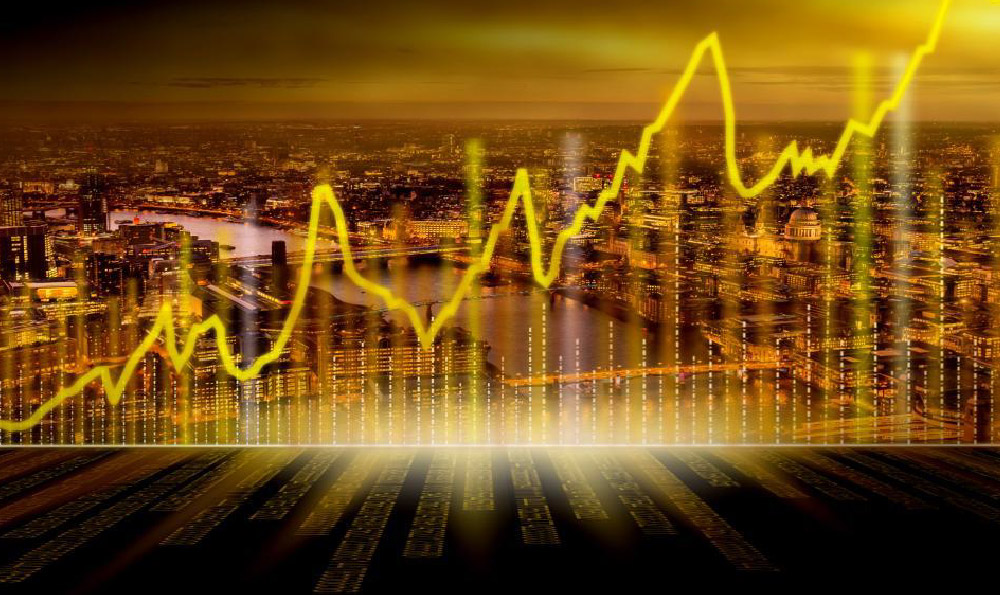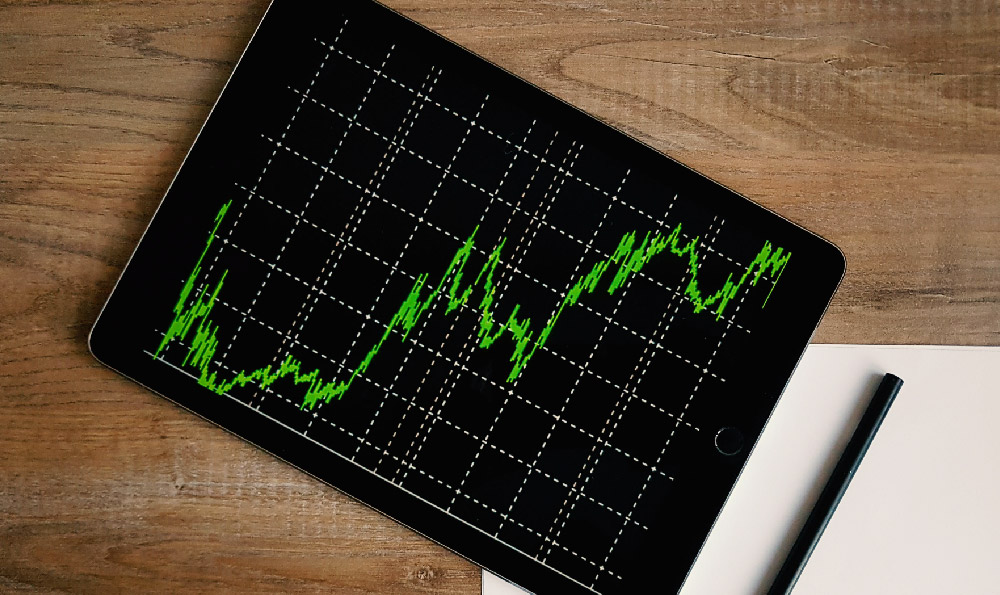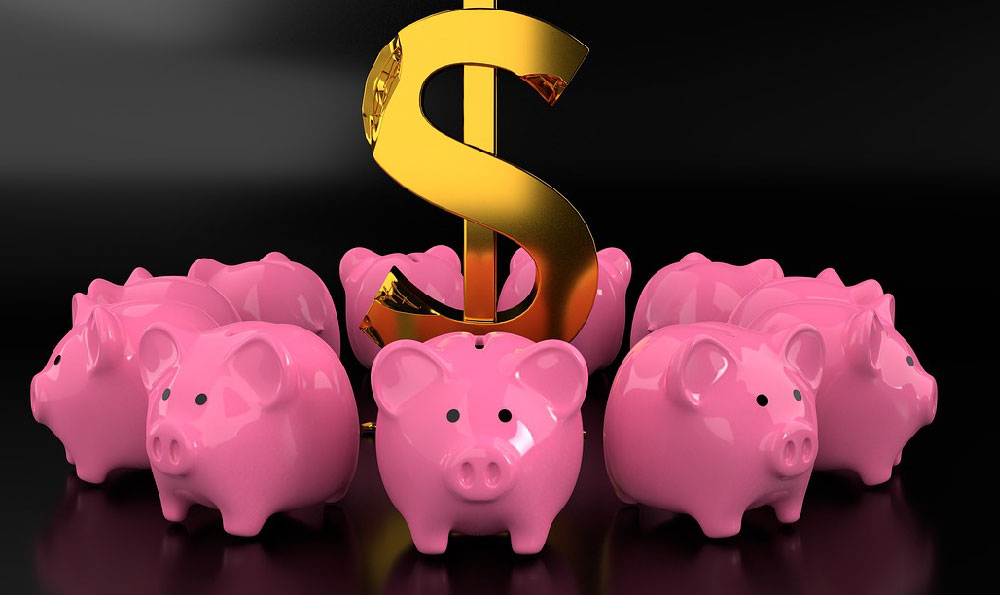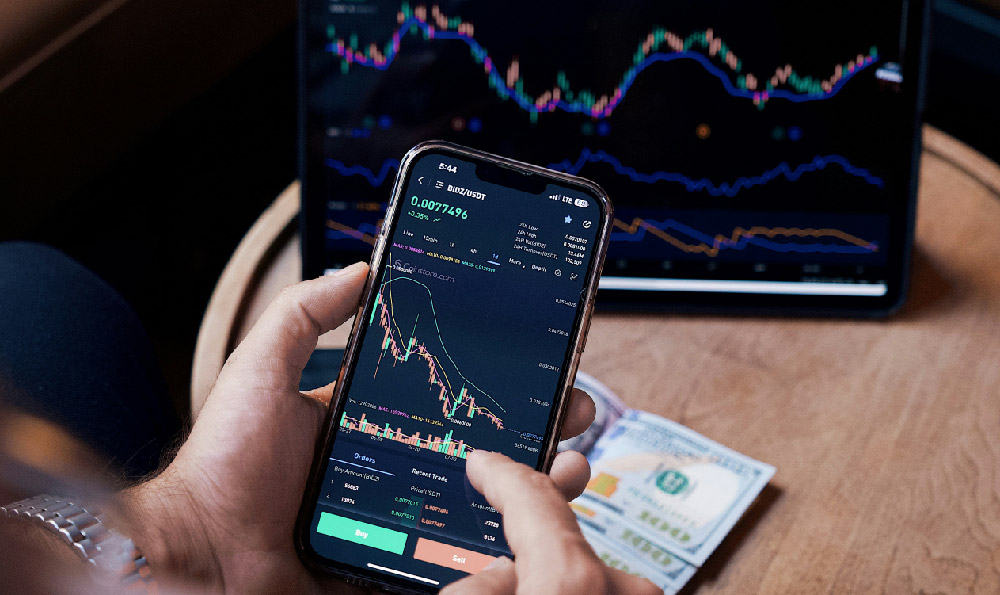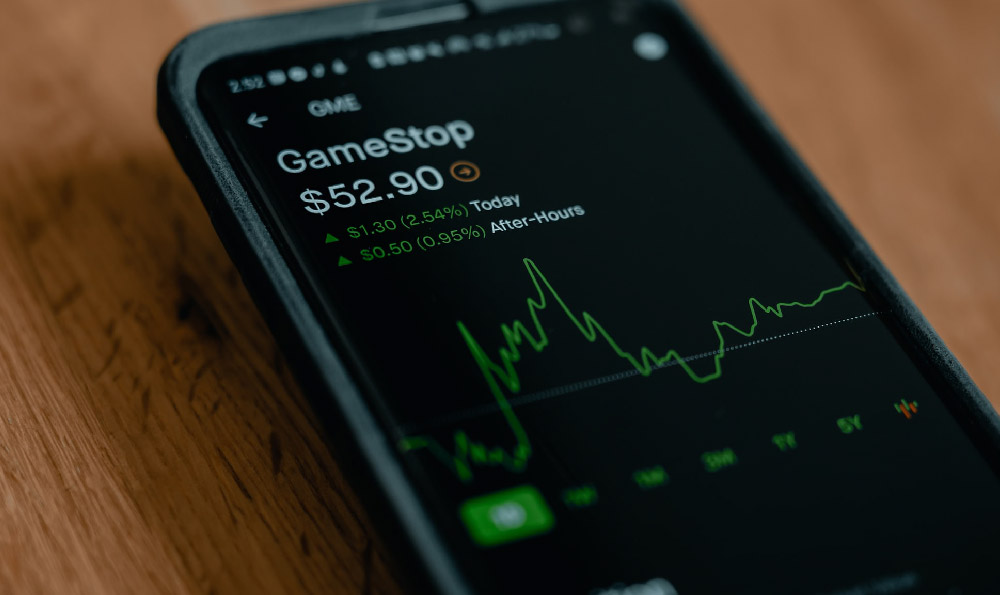Okay, I'm ready. Here's an article exploring how Bernard Arnault accumulated his wealth and the strategies he used, avoiding the pitfalls you mentioned:
Bernard Arnault, the Chairman and CEO of LVMH Moët Hennessy Louis Vuitton, stands as a titan in the luxury goods industry and consistently ranks among the world's wealthiest individuals. His ascent to this position wasn't simply a stroke of luck but rather the result of shrewd business acumen, strategic acquisitions, and a deep understanding of brand value. Tracing his path reveals a masterclass in leveraging opportunities, navigating complex financial landscapes, and building a global empire.
Arnault's journey began not in the rarefied world of haute couture, but in the decidedly more practical realm of civil engineering. He graduated from the prestigious École Polytechnique and initially worked for his father's construction company, Ferret-Savinel. Demonstrating an early aptitude for business, he persuaded his father to shift the company's focus to real estate development, a move that proved highly profitable. This early success provided him with the capital and confidence to venture into new territories.

A pivotal moment arrived in 1984 when Arnault learned that the French textile and fashion conglomerate, Boussac Saint-Frères, was facing financial difficulties. Boussac held within its portfolio the crown jewel of French luxury, Christian Dior. Recognizing the immense potential of Dior and the strategic value of the Boussac assets, Arnault orchestrated a leveraged buyout. This involved borrowing heavily to acquire a controlling stake in the company. While the move was considered risky at the time, especially given that he wasn’t a well-known figure in the fashion world, it proved to be a masterstroke.
Upon gaining control of Boussac, Arnault embarked on a ruthless restructuring program. He divested several non-core businesses, streamlined operations, and focused primarily on revitalizing the Christian Dior brand. This period was marked by considerable controversy, as Arnault earned a reputation for being a tough and uncompromising leader, earning him the moniker "the Terminator." However, his decisive actions were crucial in turning around the struggling company and setting the stage for future growth.
The success with Christian Dior laid the foundation for Arnault's grander vision: to create a global luxury conglomerate. Throughout the late 1980s and 1990s, he embarked on an aggressive acquisition spree, acquiring prestigious brands such as Louis Vuitton, Moët & Chandon, Hennessy, Givenchy, and many others. His strategy wasn't simply about accumulating brands; it was about building a portfolio of iconic names, each with a distinct identity and heritage, that could be nurtured and leveraged synergistically.
One of Arnault's key strategies was to maintain the individuality and craftsmanship of each brand within the LVMH portfolio. While centralizing certain operational functions, he allowed each brand to retain its creative autonomy and unique brand identity. This approach preserved the authenticity and exclusivity that are essential to the luxury market. He understood that consumers are drawn to brands that represent quality, heritage, and a sense of aspiration.
Furthermore, Arnault invested heavily in marketing and brand building, ensuring that LVMH brands remained at the forefront of consumers' minds. He embraced innovative marketing techniques, leveraging celebrity endorsements, fashion shows, and flagship store openings to create buzz and excitement around the brands. He also recognized the importance of controlling distribution channels, ensuring that LVMH products were sold in carefully curated environments that reflected the brand's image.
Beyond acquisitions and brand management, Arnault also demonstrated a keen understanding of the evolving luxury market. He recognized the growing importance of emerging markets, particularly Asia, and aggressively expanded LVMH's presence in these regions. He also adapted to changing consumer preferences, embracing digital technologies and e-commerce to reach a wider audience.
Arnault's success can also be attributed to his long-term vision and his willingness to take calculated risks. He wasn't afraid to invest in new ventures or to challenge conventional wisdom. He fostered a culture of innovation and experimentation within LVMH, encouraging his teams to push the boundaries of creativity and craftsmanship. He also understood the importance of nurturing talent, attracting and retaining some of the world's leading designers, marketers, and business managers.
Of course, Arnault's journey hasn't been without its challenges. He has faced intense competition, economic downturns, and changing consumer tastes. However, he has consistently demonstrated the ability to adapt and overcome these obstacles, emerging stronger and more resilient. His success is a testament to his unwavering focus on quality, his strategic vision, and his ability to build and manage a complex and diverse portfolio of luxury brands. He created a carefully curated ecosystem where each brand benefited from the collective strength and resources of the group, while still retaining its unique identity. This delicate balance, combined with an astute understanding of the market and a willingness to take calculated risks, defines Arnault’s approach to building his empire. His influence extends beyond just the world of luxury, providing a case study in successful business strategy applicable to a wide range of industries. He exemplifies that sustained success is rarely accidental; it's the result of strategic planning, adaptability, and an unrelenting pursuit of excellence.


